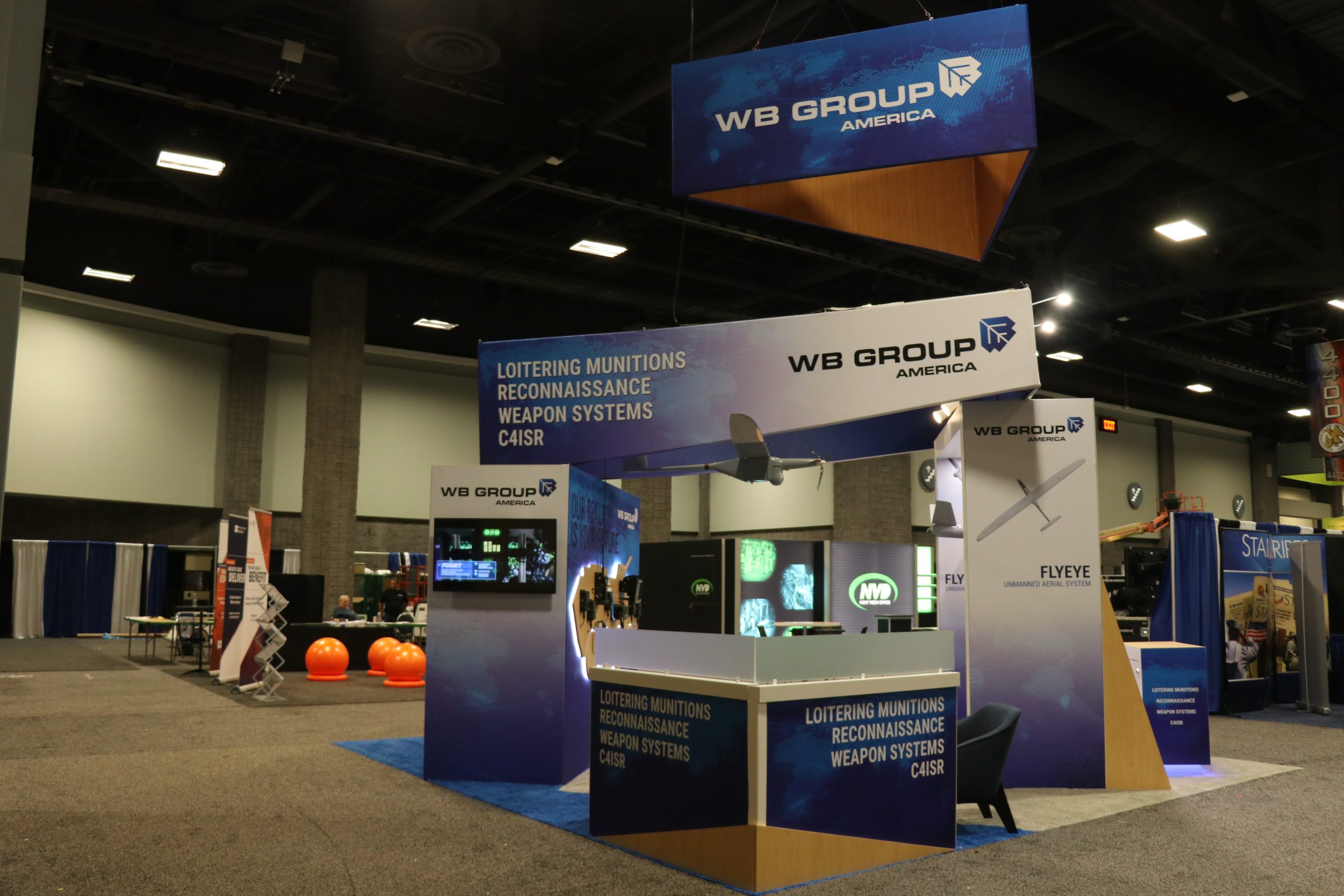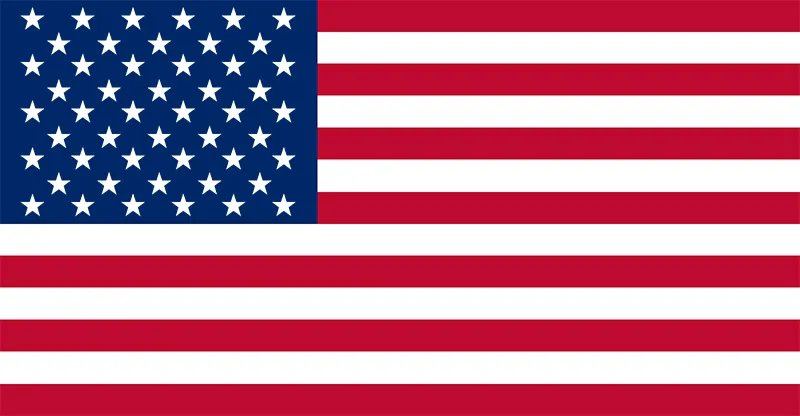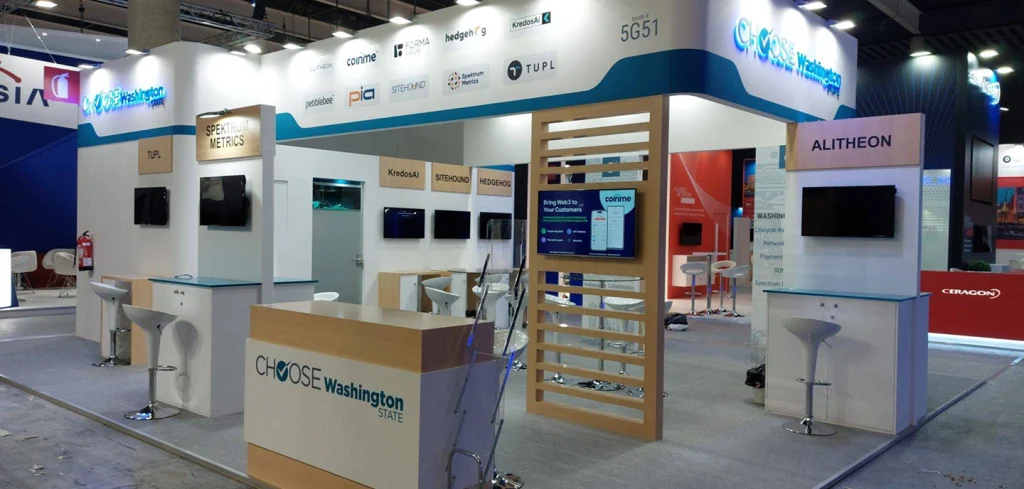
Introduction:
In the competitive landscape of trade shows, measuring the return on investment (ROI) of your exhibit booth is crucial. Understanding the effectiveness of your booth design helps justify expenditures and informs future strategies.
This blog explores the concept of an Exhibit ROI Calculator, detailing tools and methods to measure the impact of your booth design and maximize your trade show success.
1. The Importance of Measuring Exhibit ROI:
Measuring ROI for trade show exhibits provides valuable insights into the performance of your booth and its contribution to your business objectives.
- Budget Justification: Demonstrating a positive ROI helps justify the expenses associated with exhibiting, ensuring that budget allocations are well-spent.
- Strategic Planning: Understanding which elements of your booth design and engagement strategies work best allows for data-driven decisions in future event planning.
- Performance Evaluation: Measuring ROI helps evaluate the performance of your staff, marketing materials, and overall booth effectiveness, leading to continuous improvement.
2. Key Metrics for Exhibit ROI:
Several key metrics can be used to calculate the ROI of your trade show exhibit booth, providing a comprehensive picture of its effectiveness.
- Lead Generation: The number of leads collected during the trade show is a primary metric. Track both the quantity and quality of leads to assess the booth’s effectiveness in attracting potential customers.
- Sales Revenue: Measure the sales revenue directly attributed to the leads generated at the trade show. This involves tracking the conversion of leads into actual sales and calculating the total revenue.
- Cost Per Lead: Calculate the cost per lead by dividing the total cost of exhibiting by the number of leads generated. This metric helps evaluate the cost-effectiveness of your booth design and marketing strategies.
- Engagement Metrics: Track engagement metrics such as the number of booth visitors, time spent at the booth, and interactions with booth staff. These metrics provide insights into the booth’s attractiveness and engagement potential.
- Brand Awareness: Measure brand awareness through pre- and post-event surveys, social media mentions, and website traffic. Assess the impact of your booth on brand visibility and recognition.
3. Tools for Measuring Exhibit ROI:
Several tools can help you measure and analyze the ROI of your exhibit booth effectively.
- Lead Tracking Software: Utilize lead tracking software to capture and manage leads collected at the booth. These tools often integrate with CRM systems, facilitating seamless tracking and follow-up.
- Event Management Platforms: Comprehensive event management platforms offer analytics features that track visitor engagement, booth interactions, and overall event performance.
- Surveys and Feedback Forms: Collect feedback from booth visitors through surveys and feedback forms. This direct input provides valuable insights into attendee experiences and perceptions.
- Analytics Tools: Use web analytics tools to track changes in website traffic, social media engagement, and online inquiries before, during, and after the trade show.
4. Steps to Calculate Exhibit ROI:
Follow these steps to calculate the ROI of your trade show exhibit booth accurately.
- Define Objectives: Clearly define your objectives for the trade show, such as lead generation, brand awareness, or direct sales. These goals will guide your ROI measurement process.
- Track Costs: Record all costs associated with exhibiting, including booth design, space rental, travel, accommodations, marketing materials, and staff expenses.
- Collect Data: Gather data on key metrics, including the number of leads, sales revenue, engagement metrics, and brand awareness indicators.
- Analyze Data: Use the collected data to calculate the ROI. For example, ROI can be calculated using the formula:
ROI= TotalCosts/(TotalRevenue−TotalCosts) × 100
This formula provides a percentage that indicates the profitability of your exhibit booth.
5. Enhancing Exhibit ROI:
To maximize the ROI of your trade show exhibit booth, consider implementing the following strategies:
- Pre-Show Marketing: Engage potential attendees before the event through targeted marketing campaigns, social media promotions, and email outreach. Creating buzz and anticipation can drive more traffic to your booth.
- Engaging Booth Design: Invest in an eye-catching and interactive booth design that attracts and retains visitors. Use multimedia elements, live demonstrations, and engaging displays to create a memorable experience.
- Staff Training: Train your booth staff to be knowledgeable, approachable, and skilled at engaging with visitors. Effective communication and engagement can significantly impact lead generation and conversion rates.
- Post-Show Follow-Up: Implement a robust follow-up strategy to nurture leads and convert them into sales. Timely and personalized follow-up communications can improve conversion rates and overall ROI.
Conclusion:
Measuring the ROI of your trade show exhibit booth is essential for understanding its effectiveness and optimizing future trade show strategies. By tracking key metrics, utilizing the right tools, and implementing best practices, you can ensure your booth delivers maximum value and impact.
As the trade show industry continues to evolve, a focus on ROI will help you stay competitive, justify expenditures, and achieve long-term success in your event marketing efforts.


 Global
Global USA
USA

